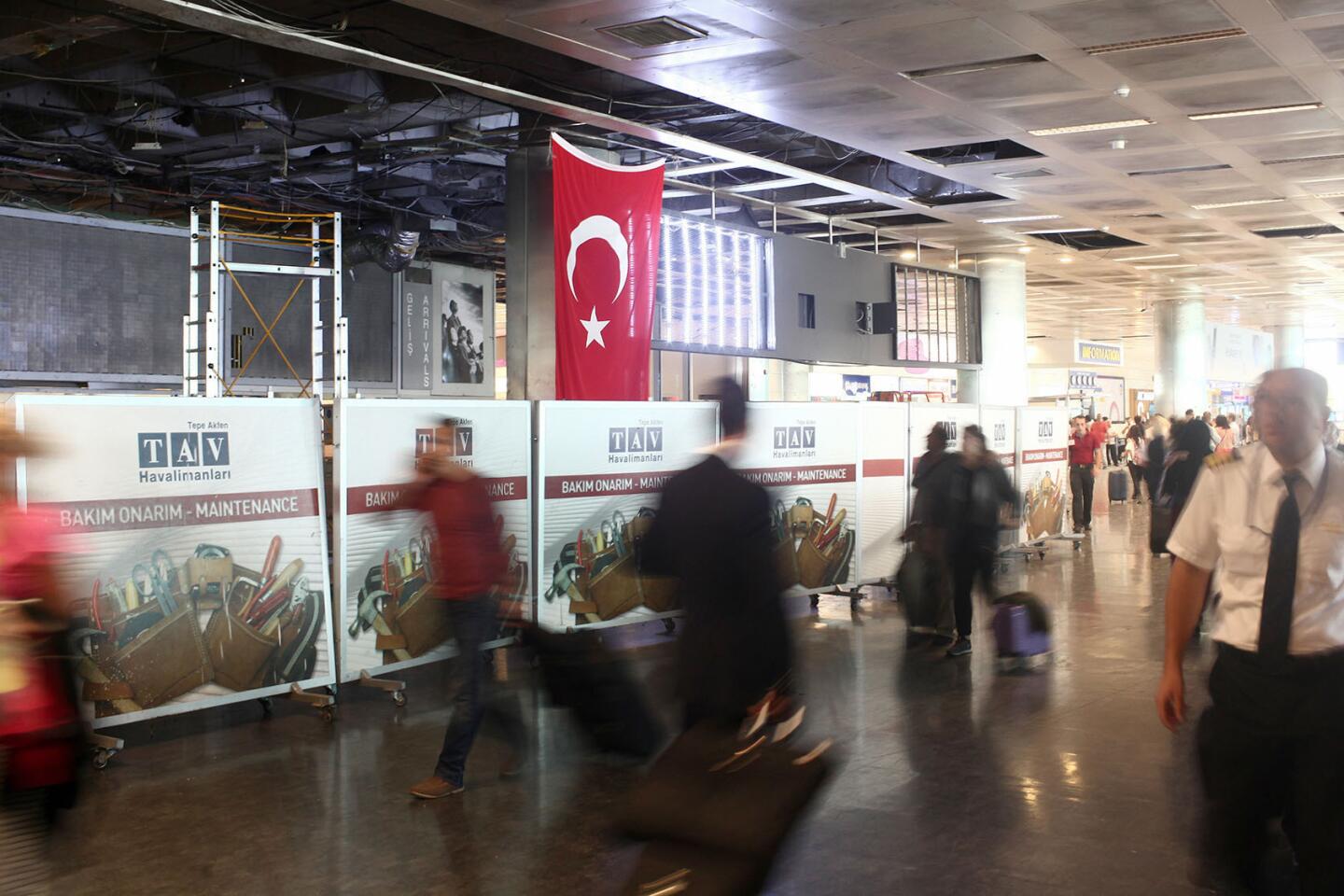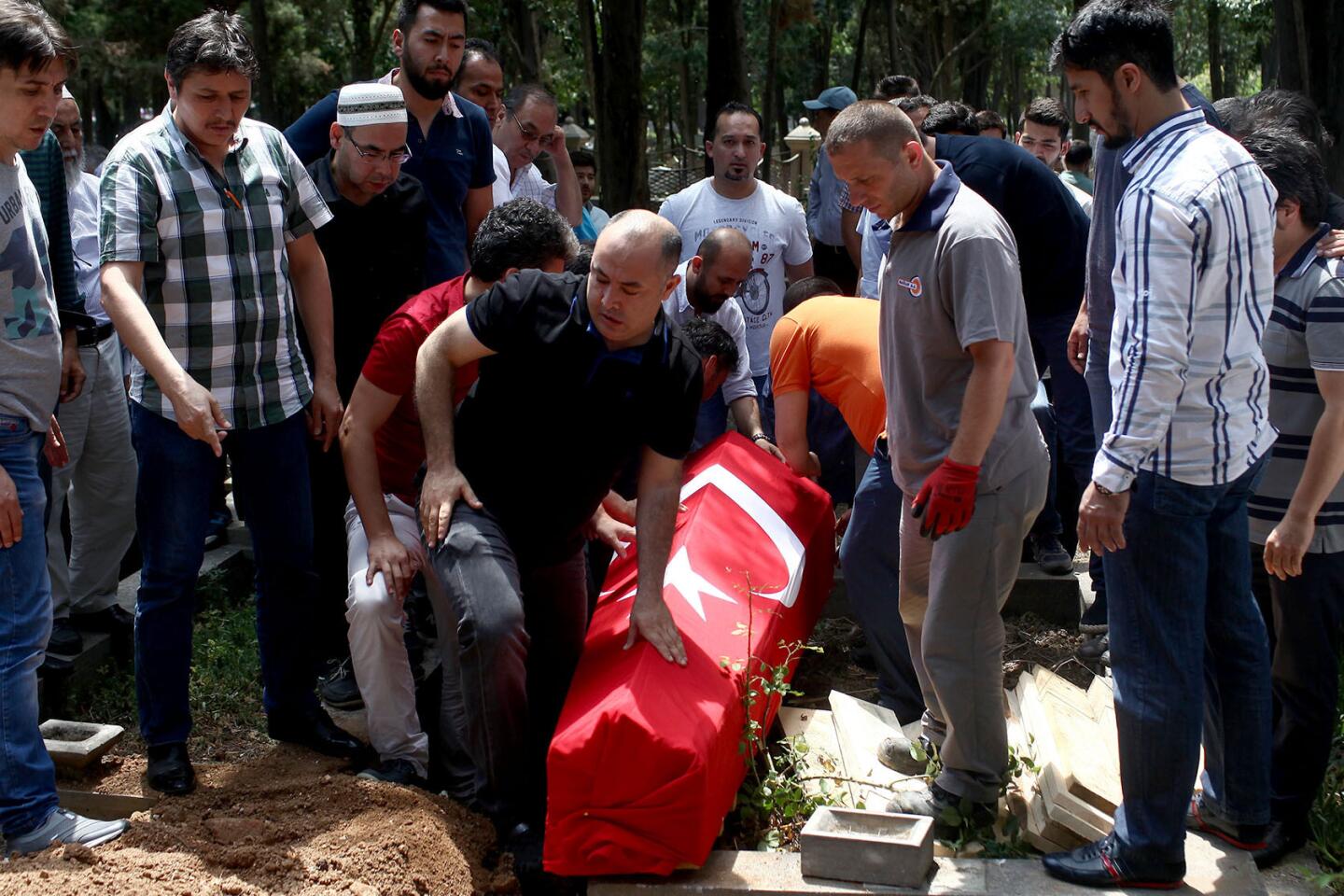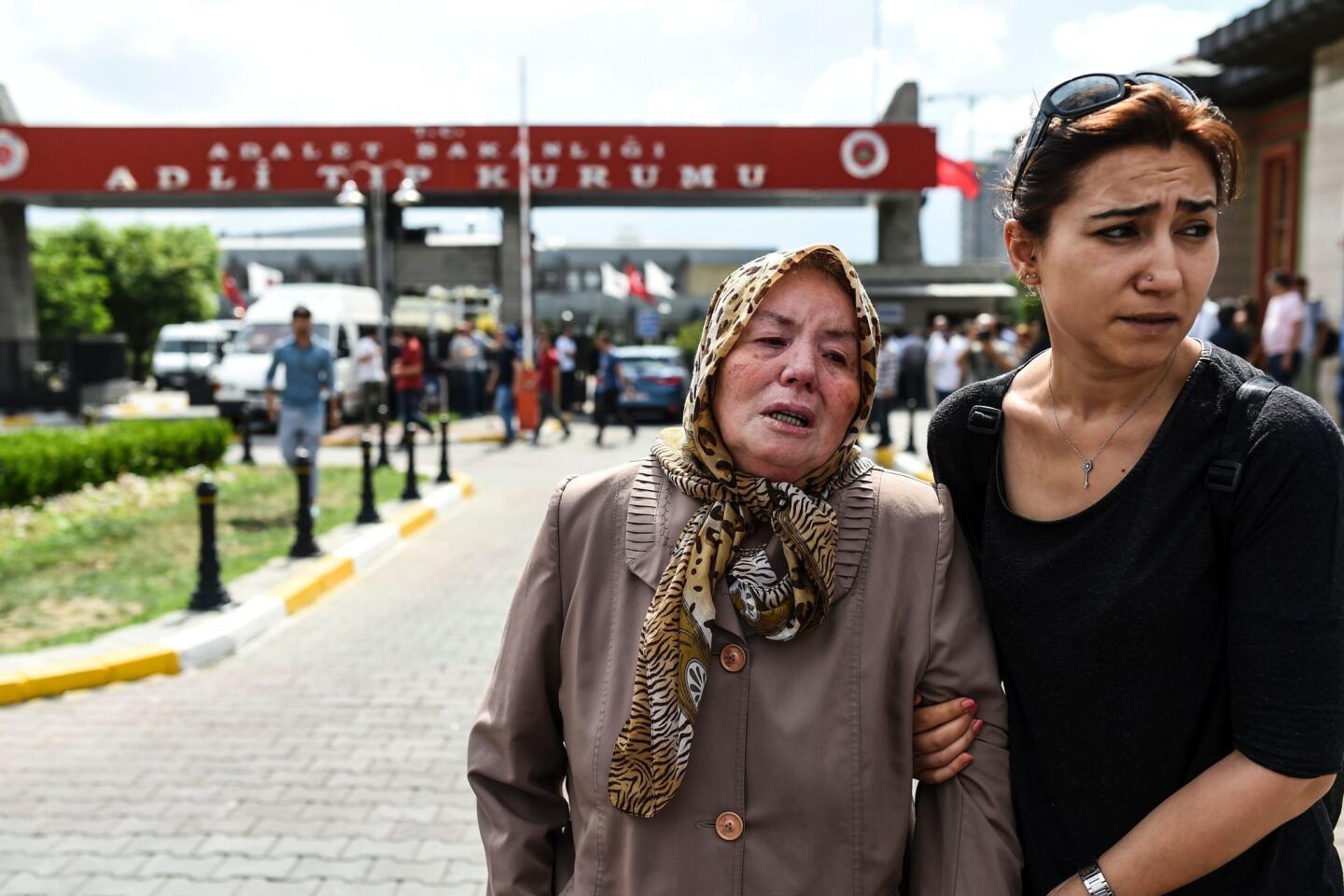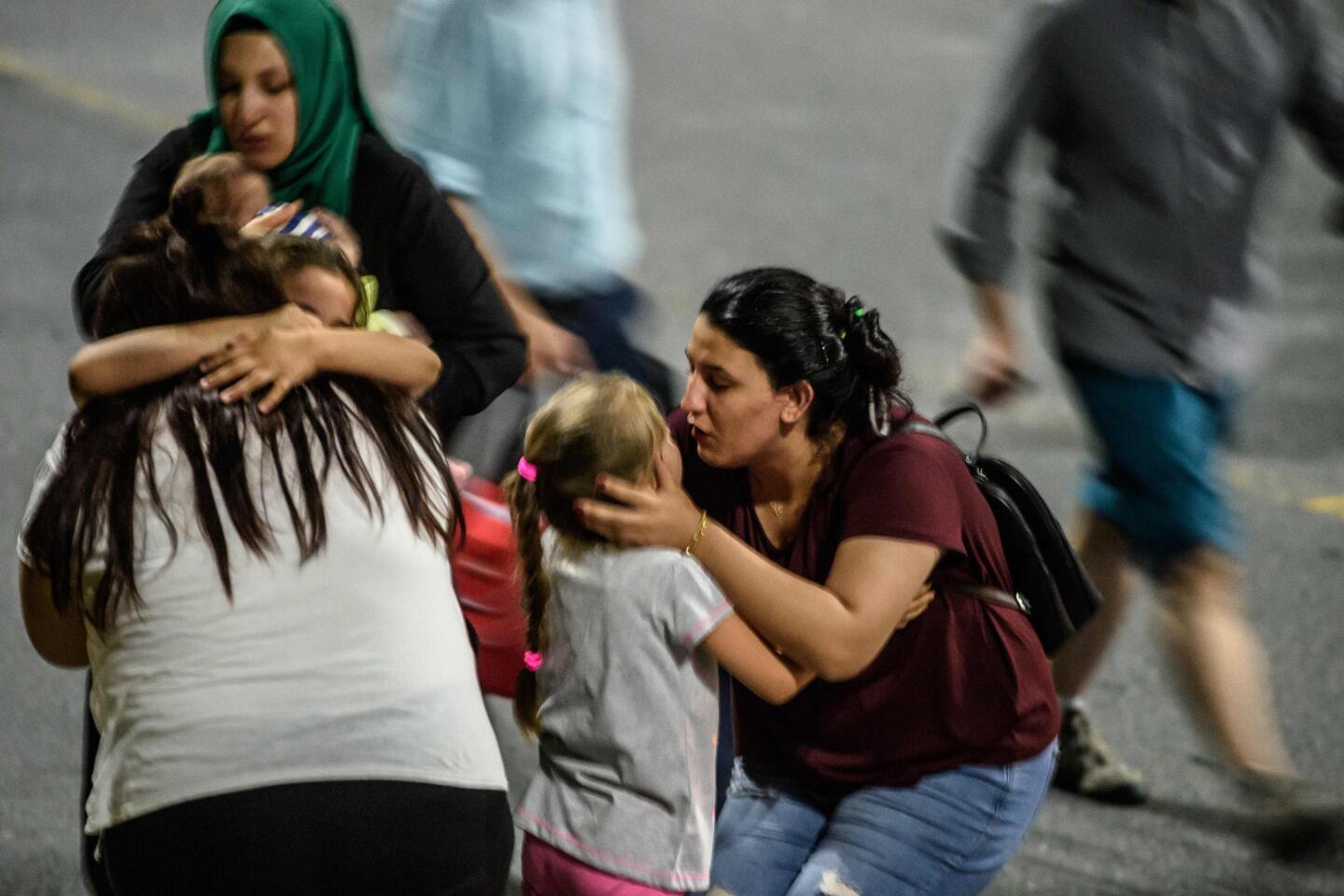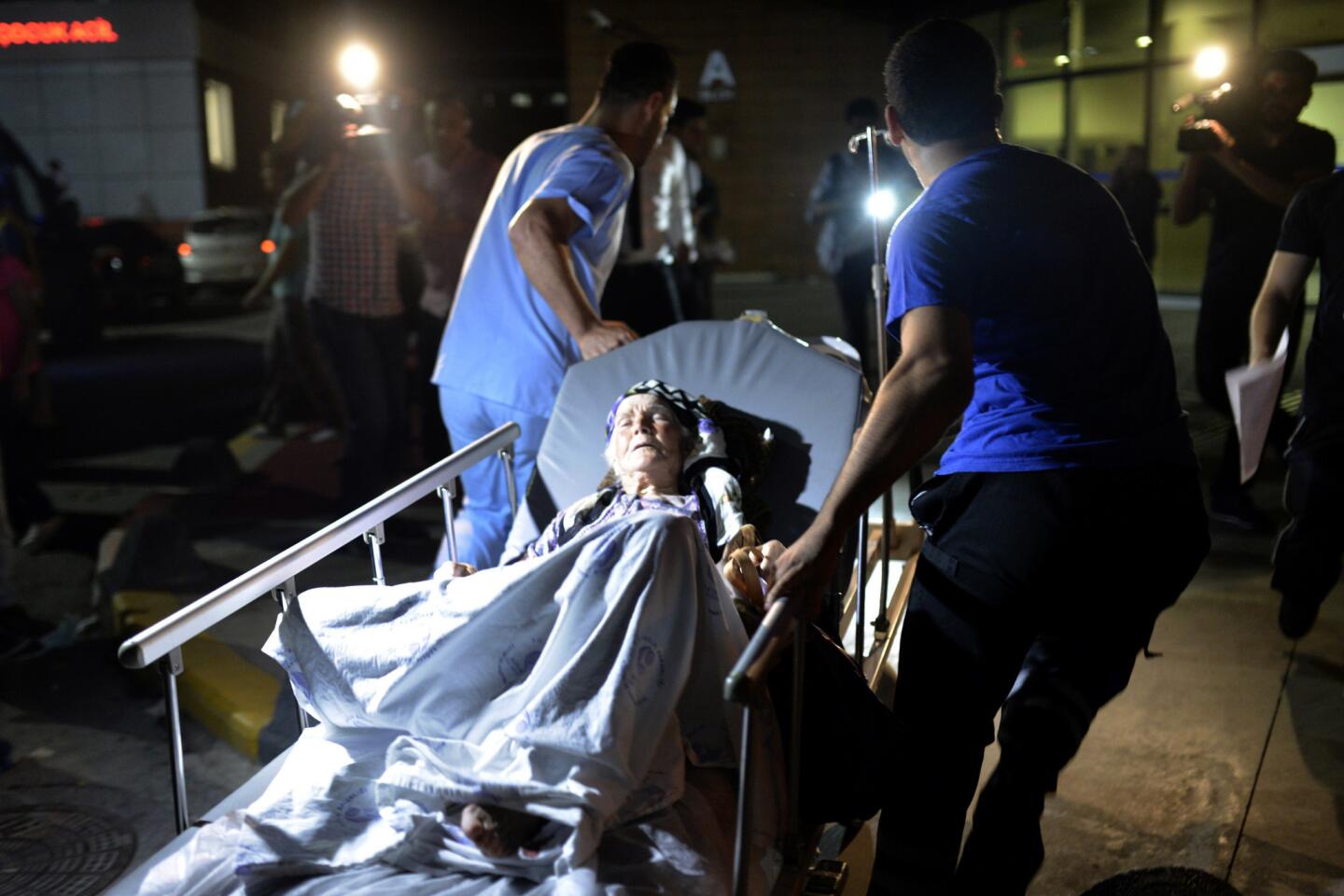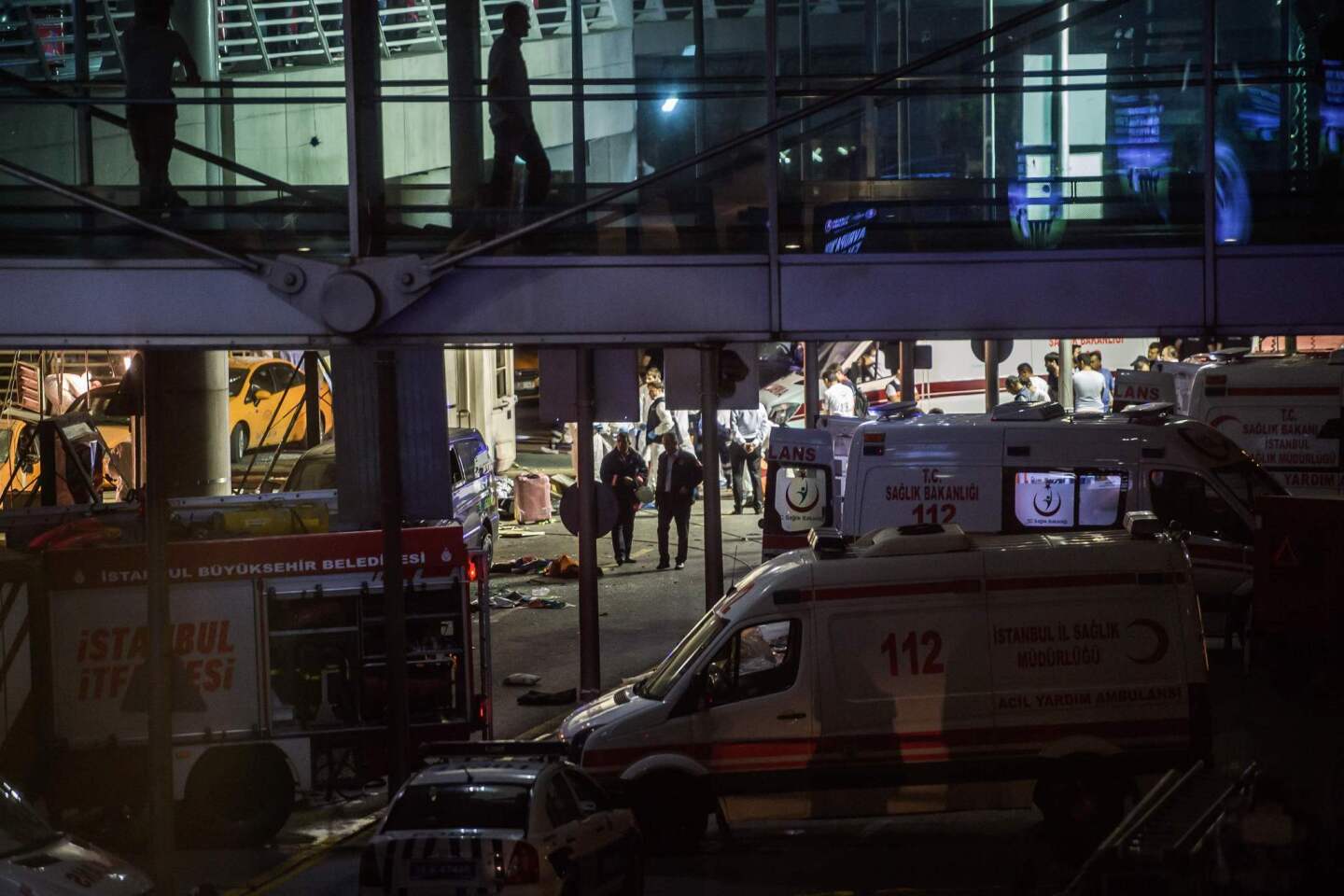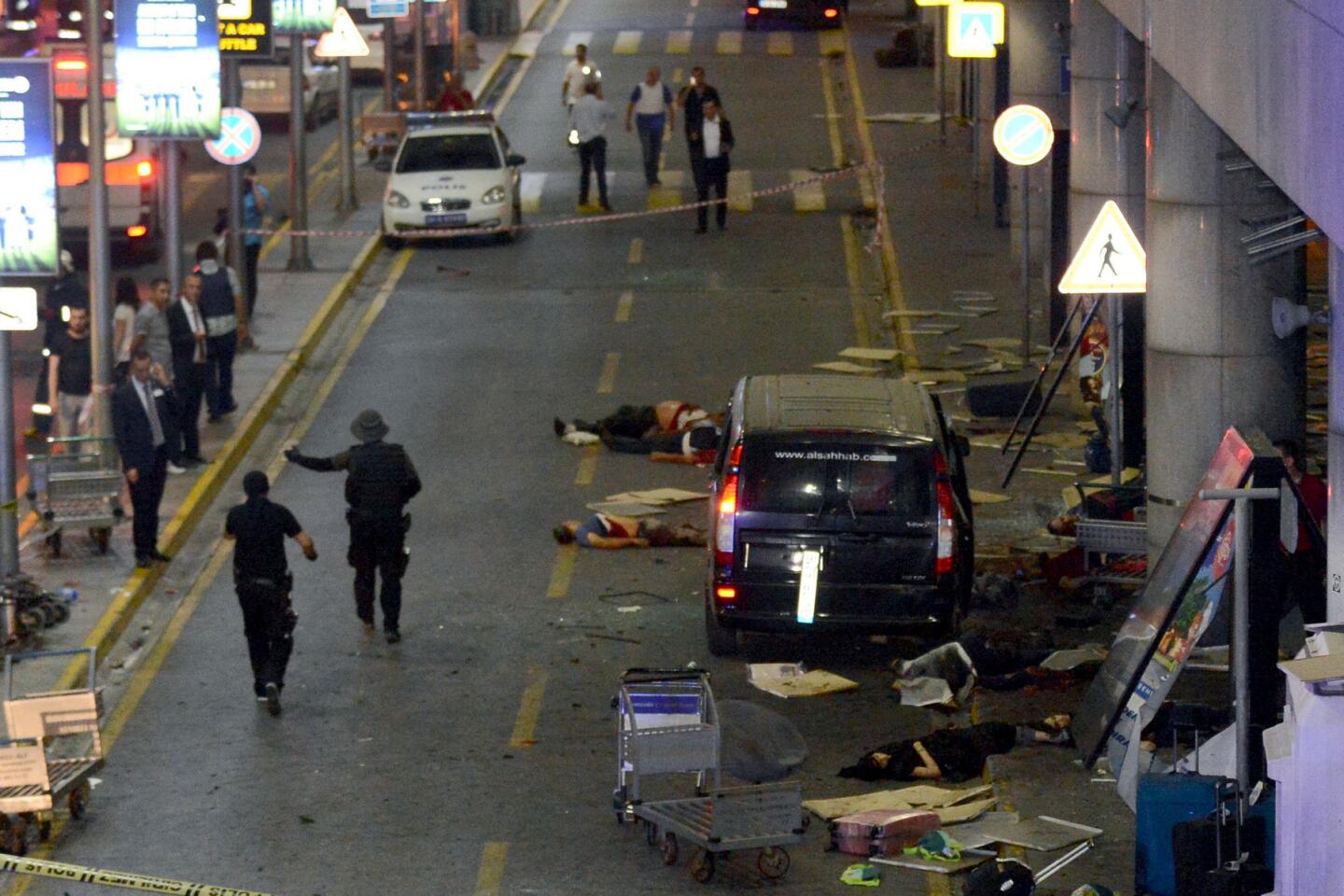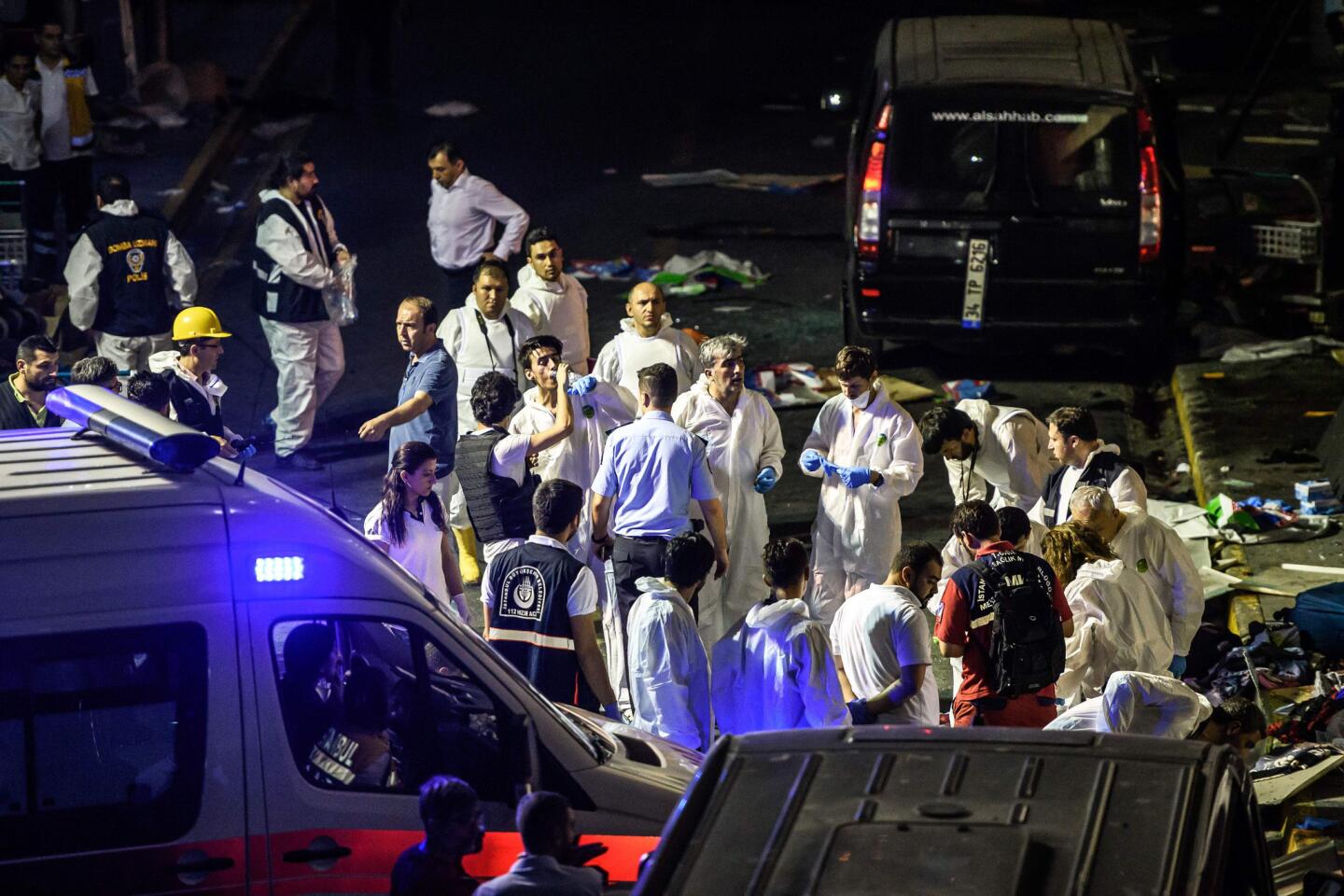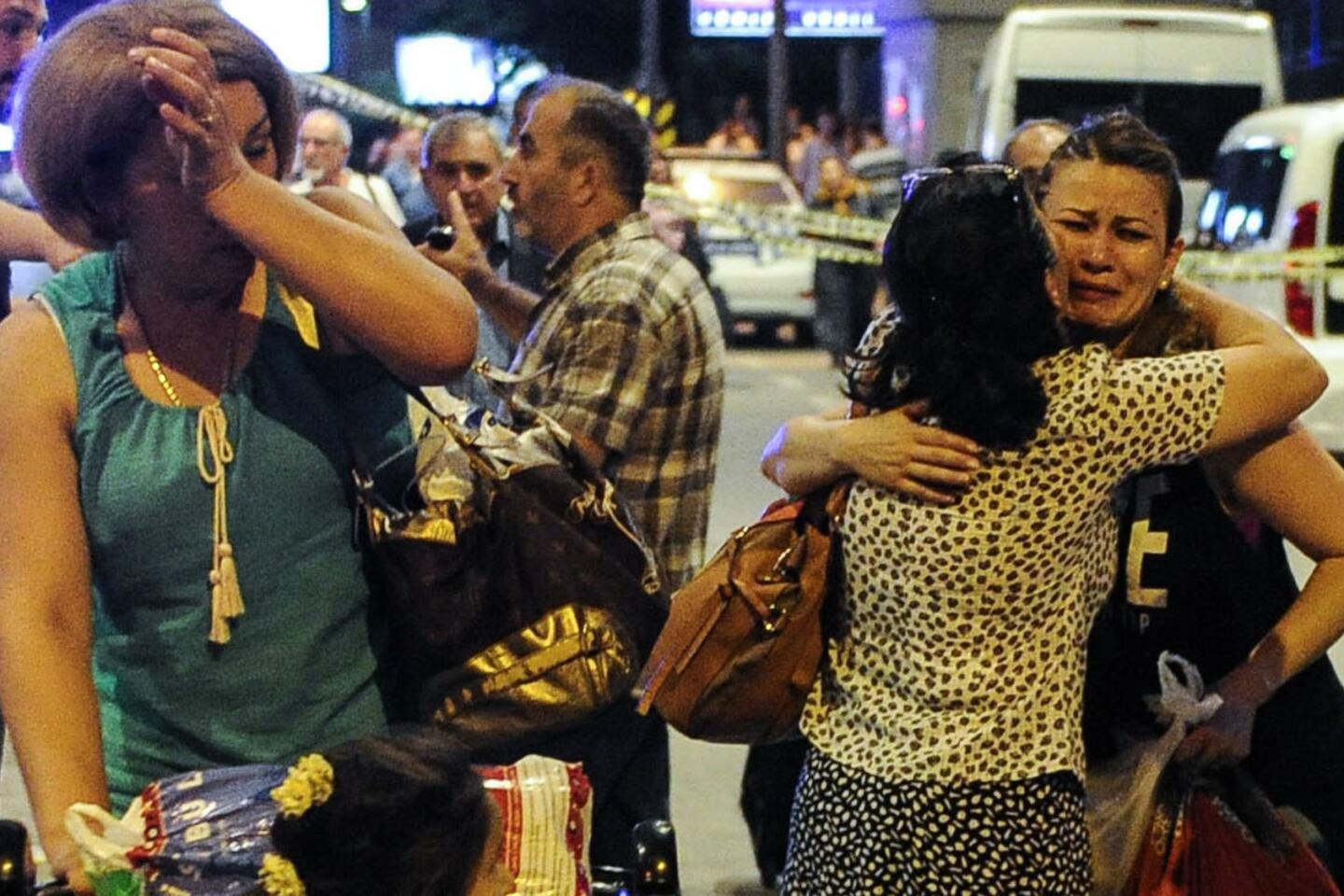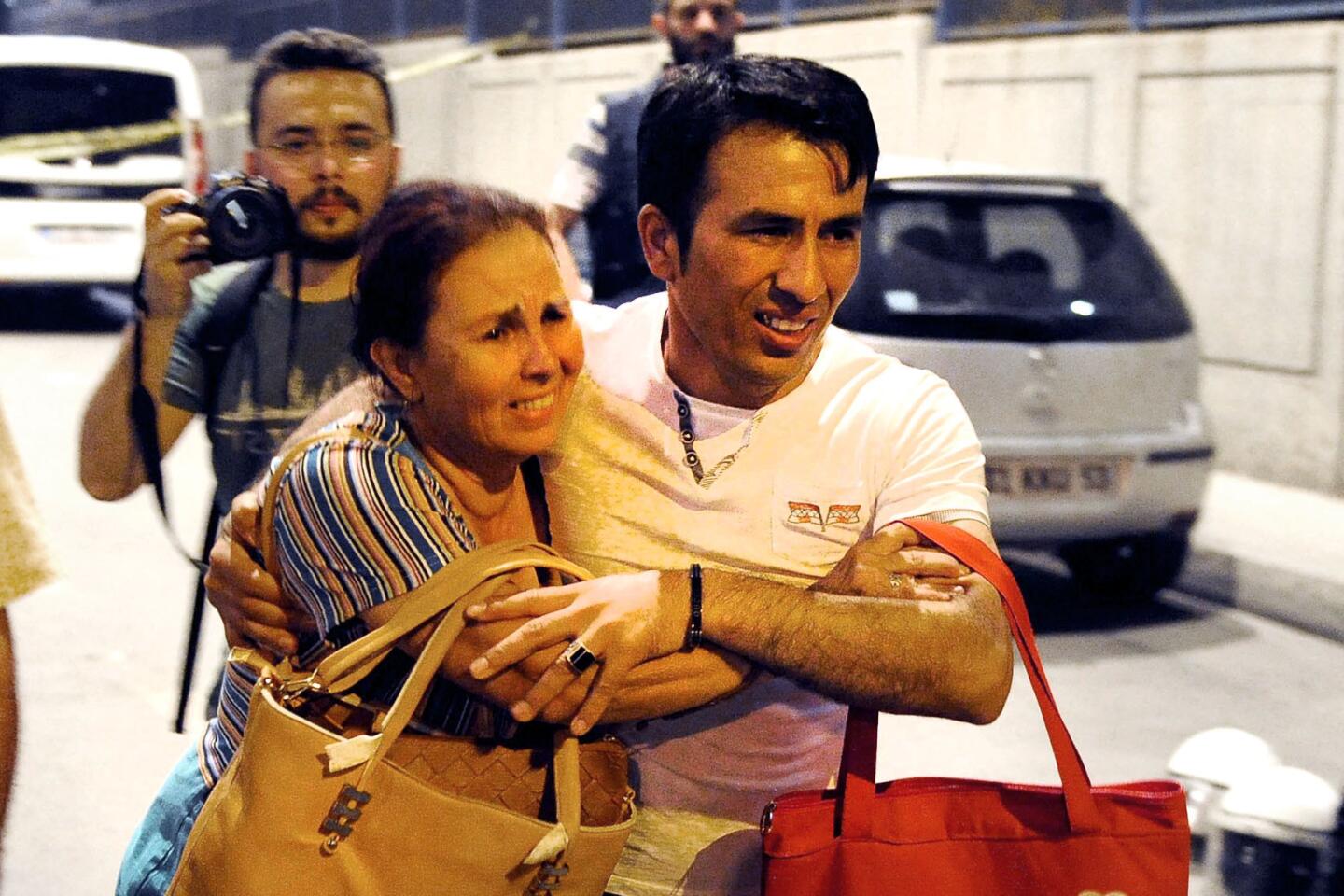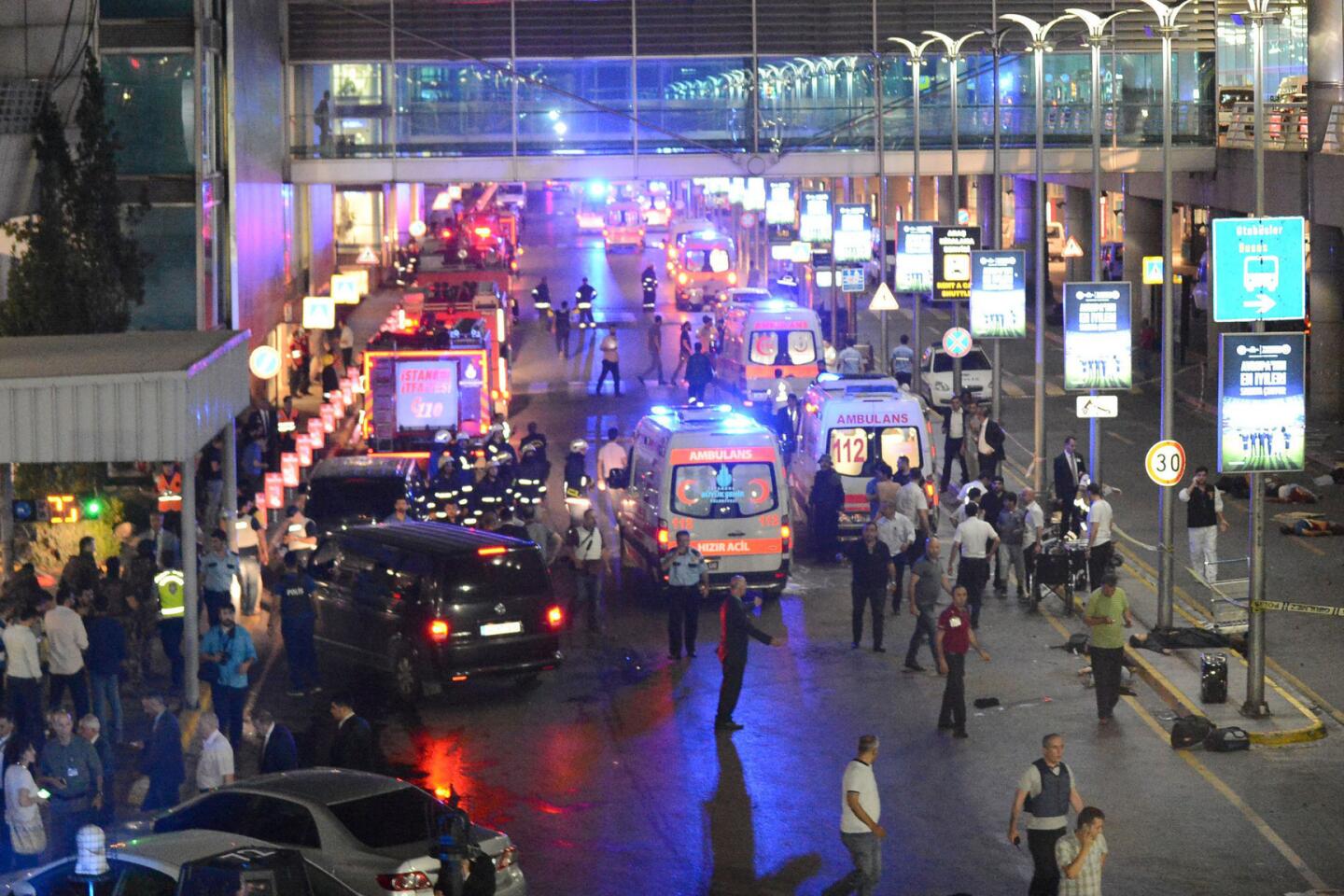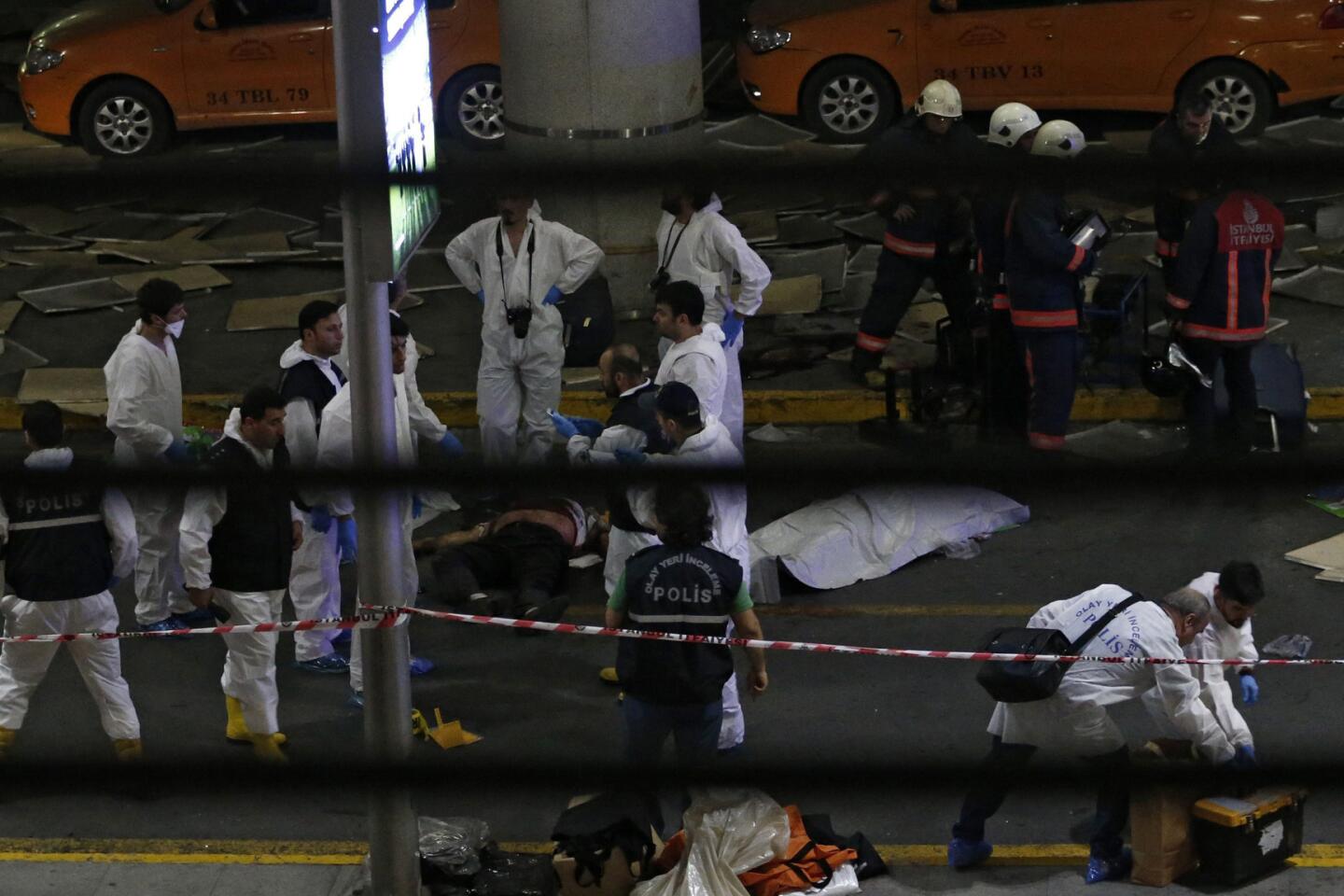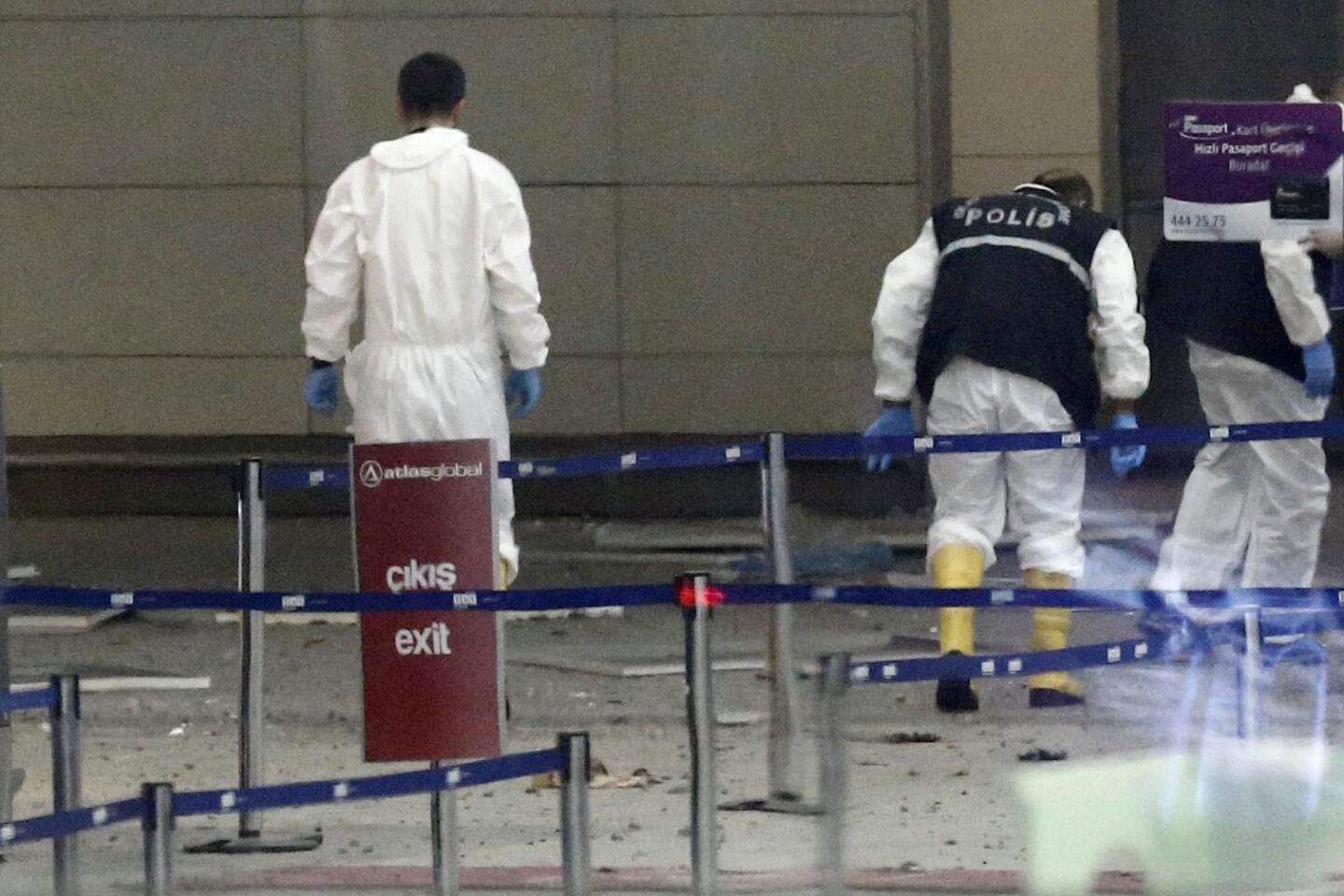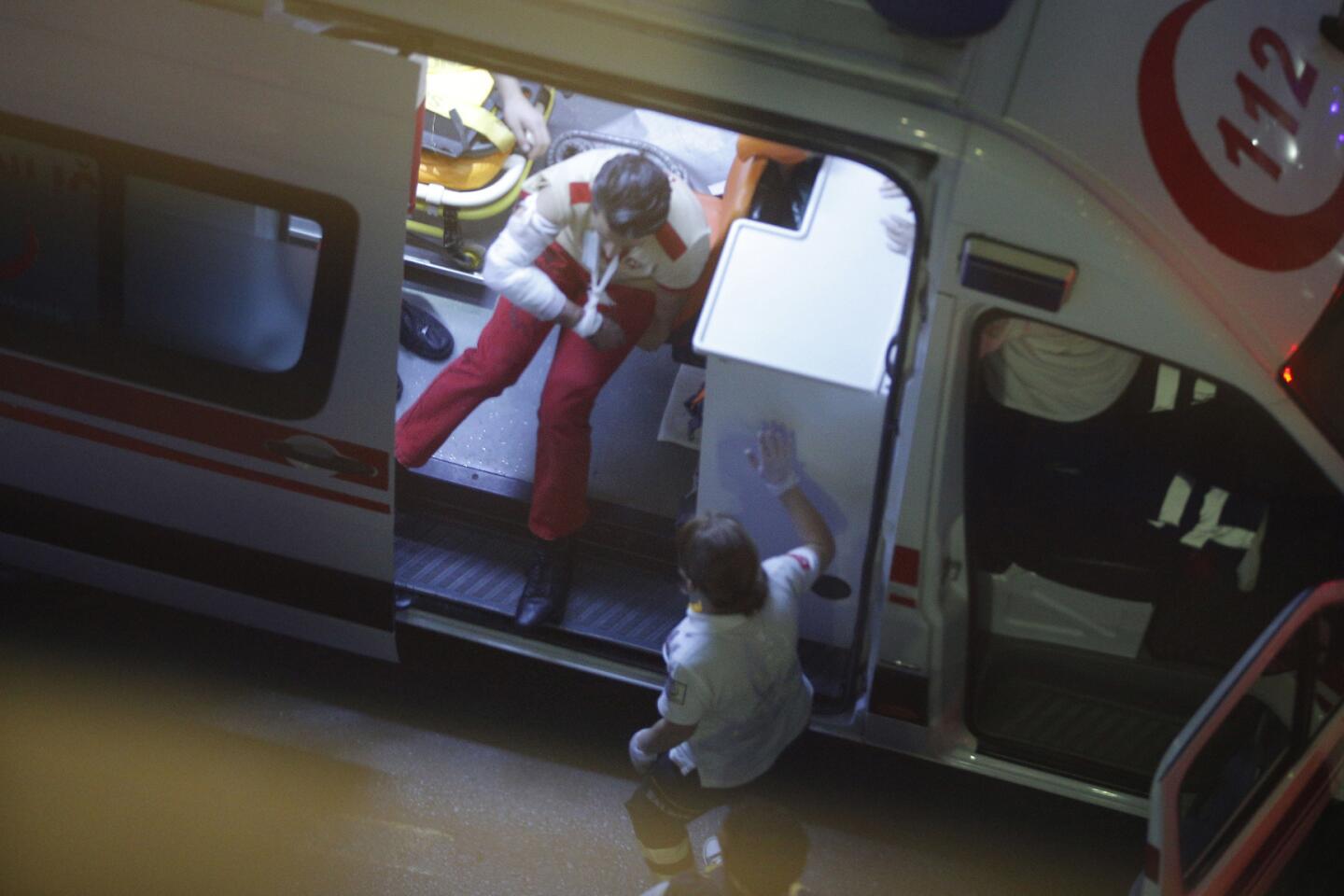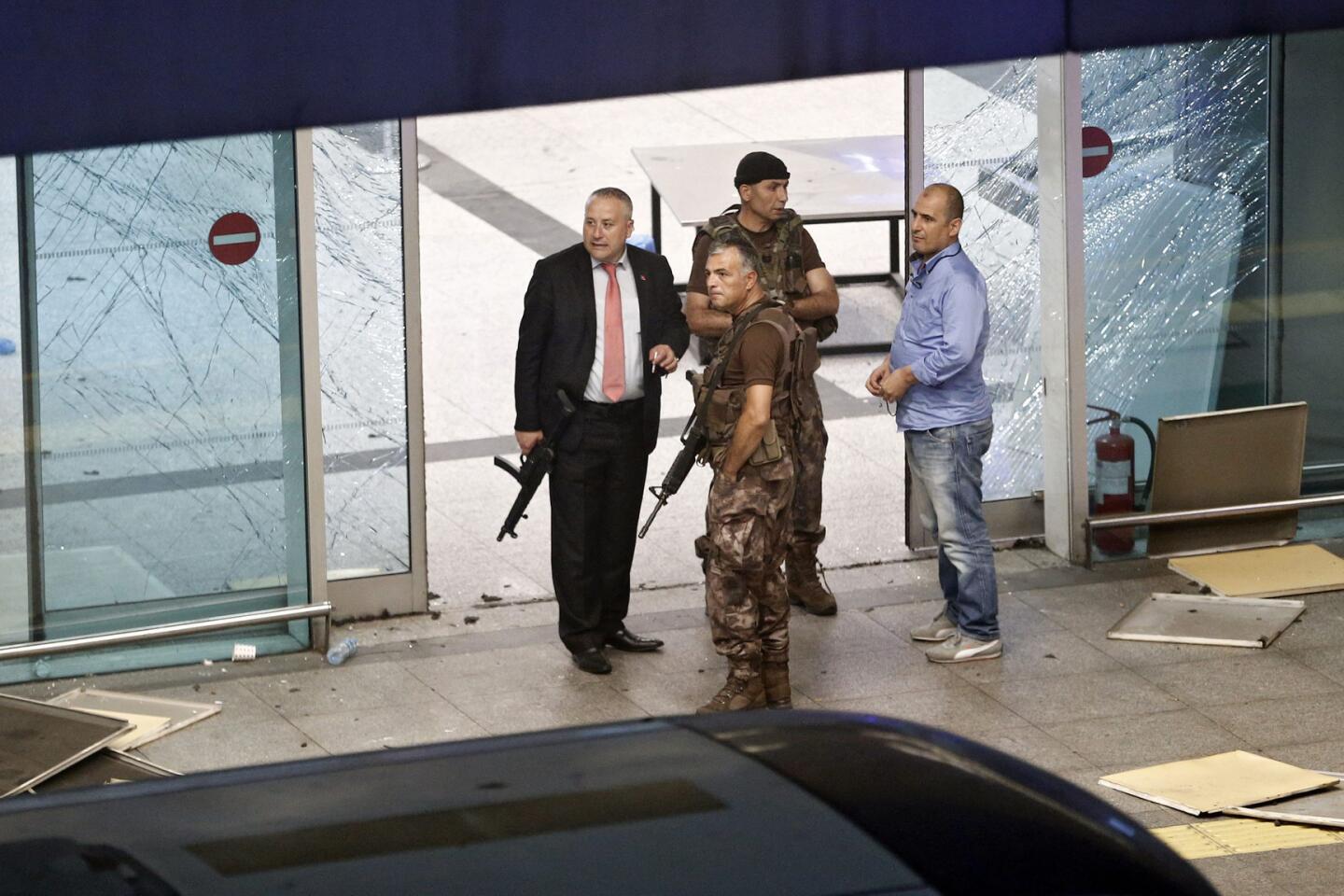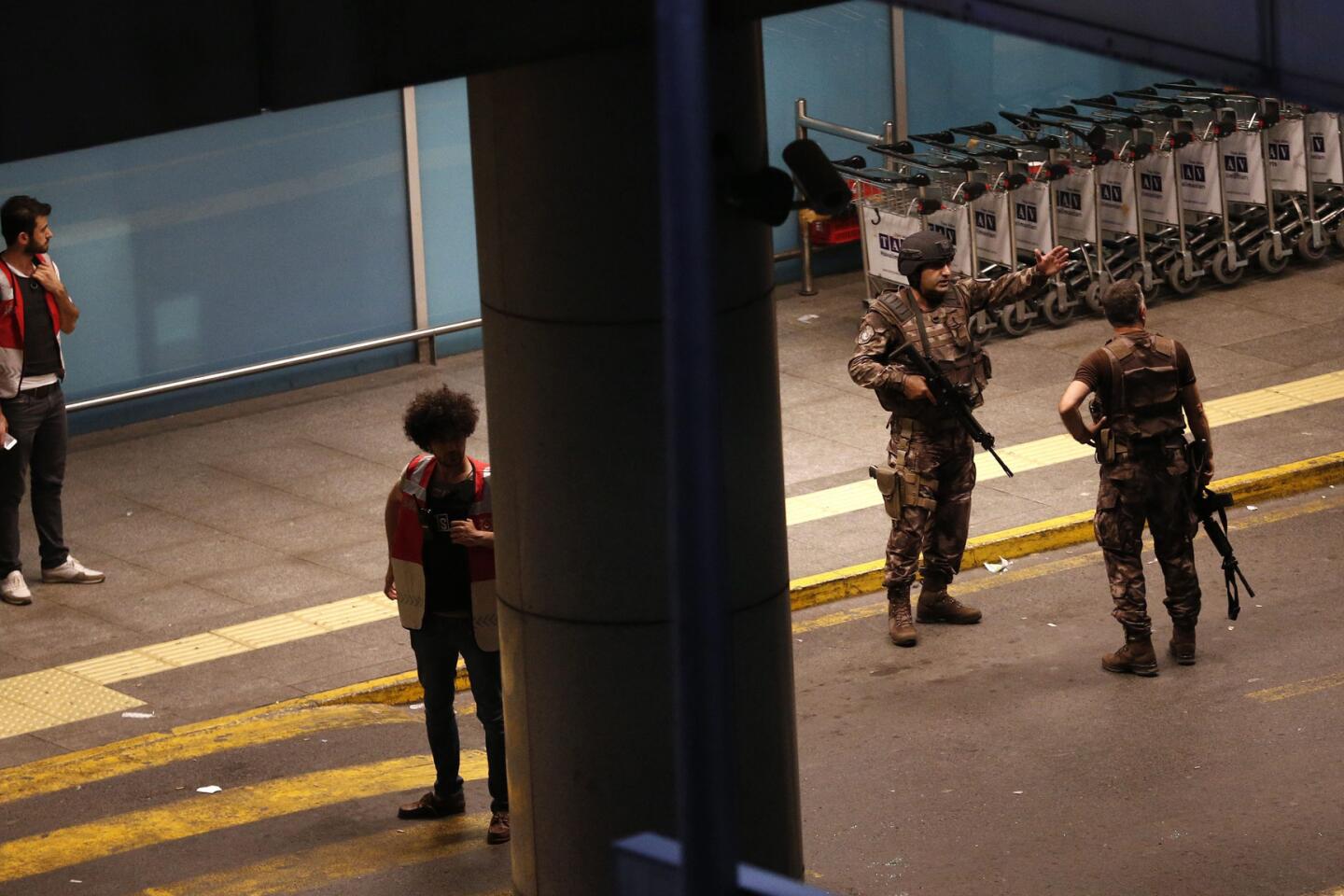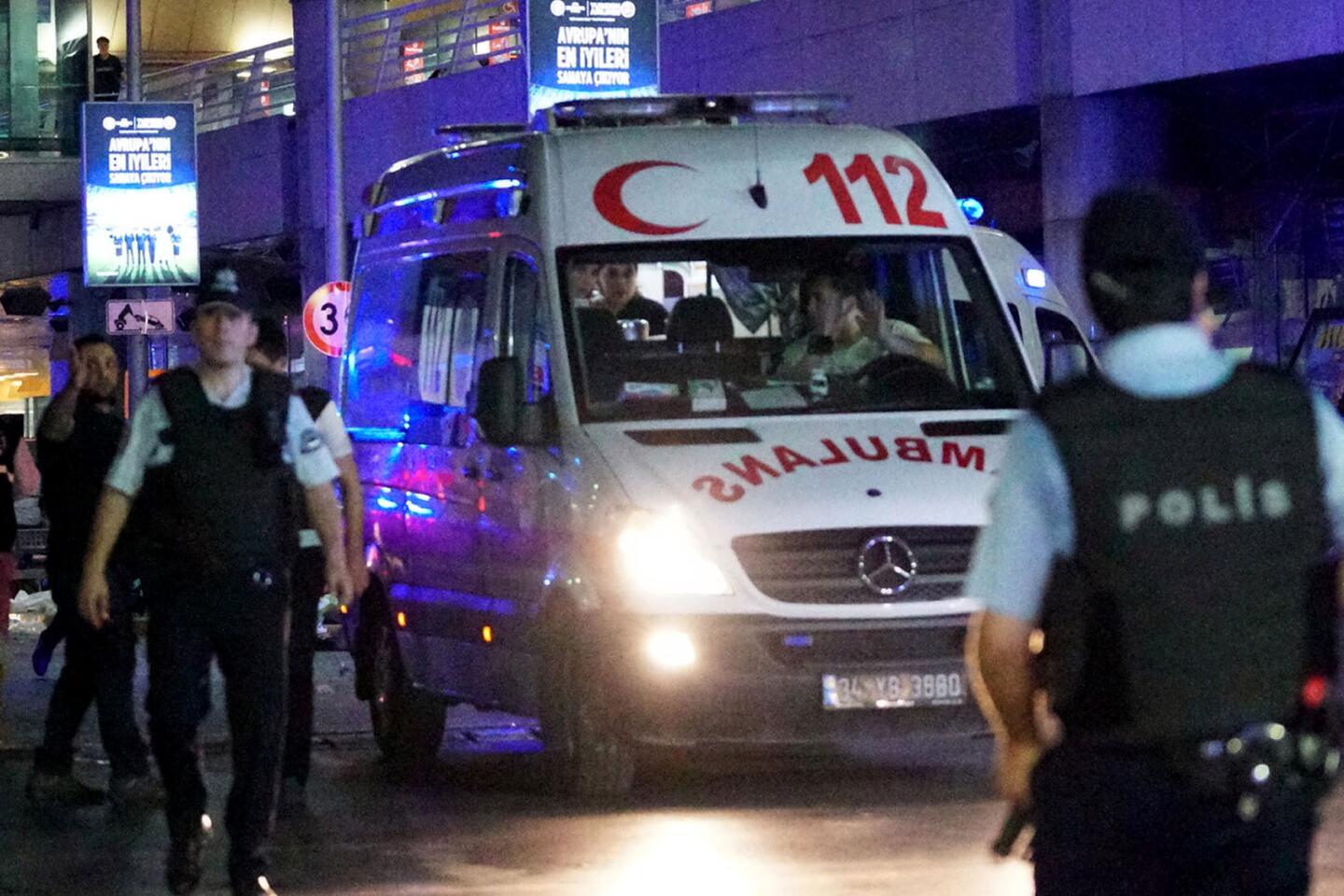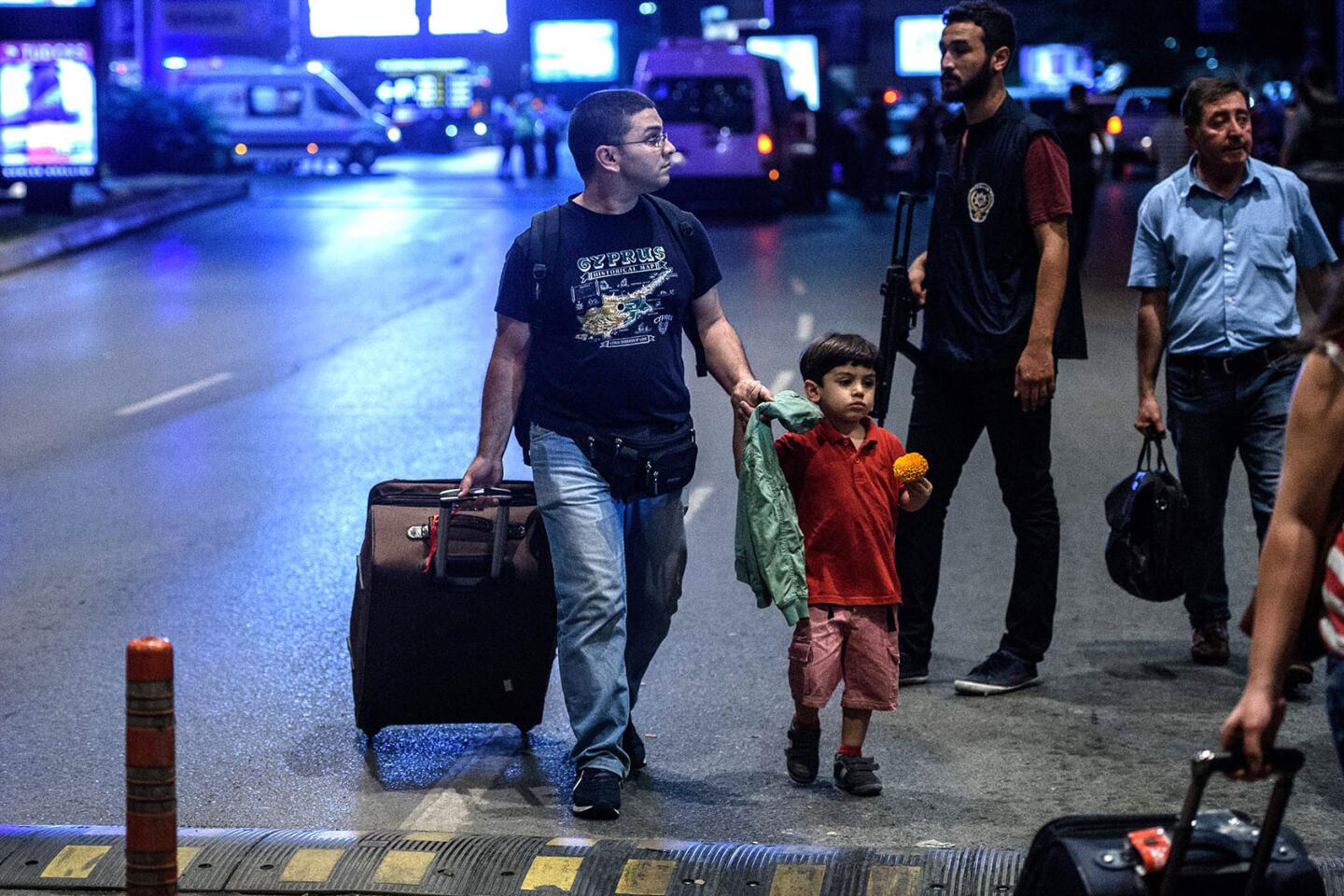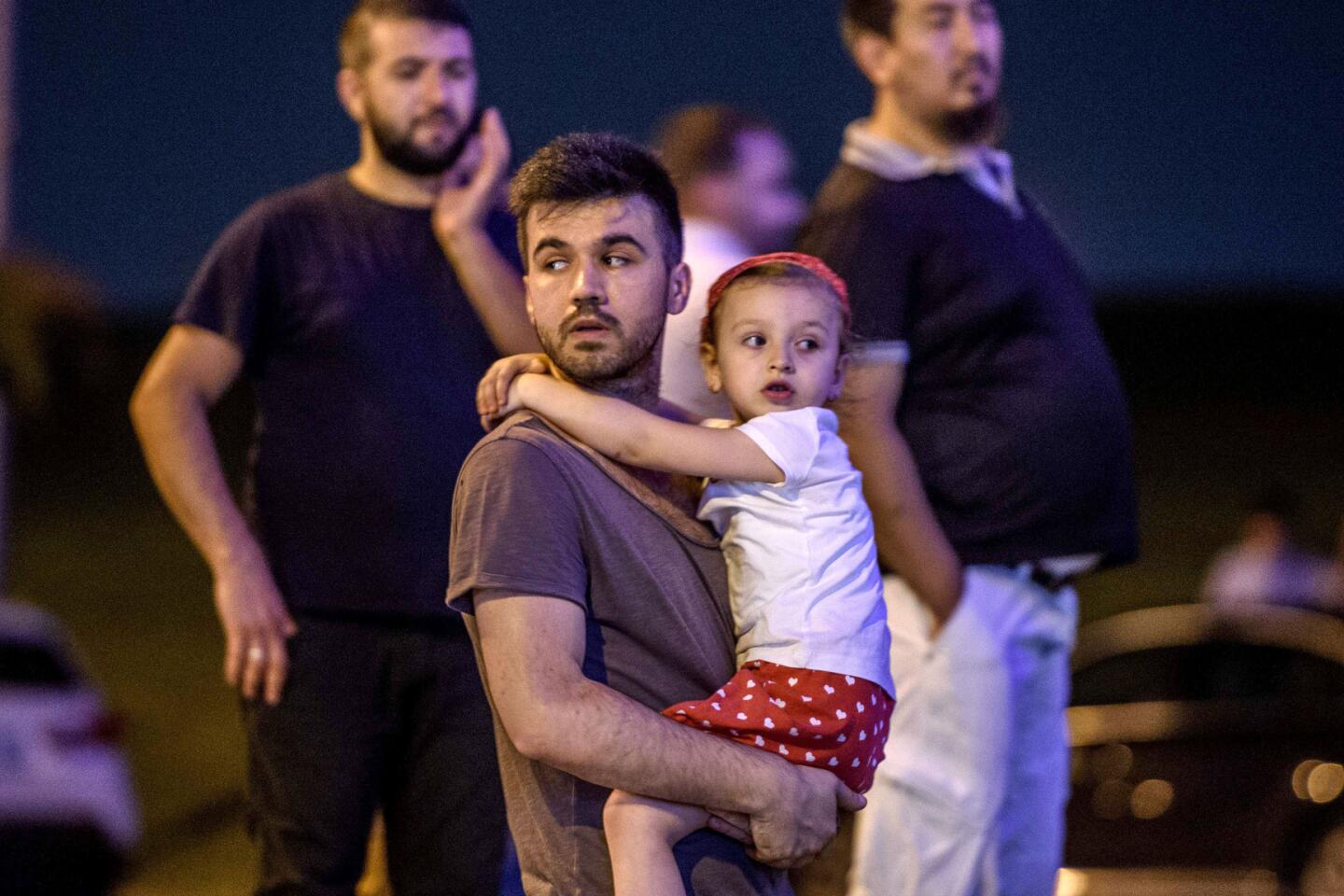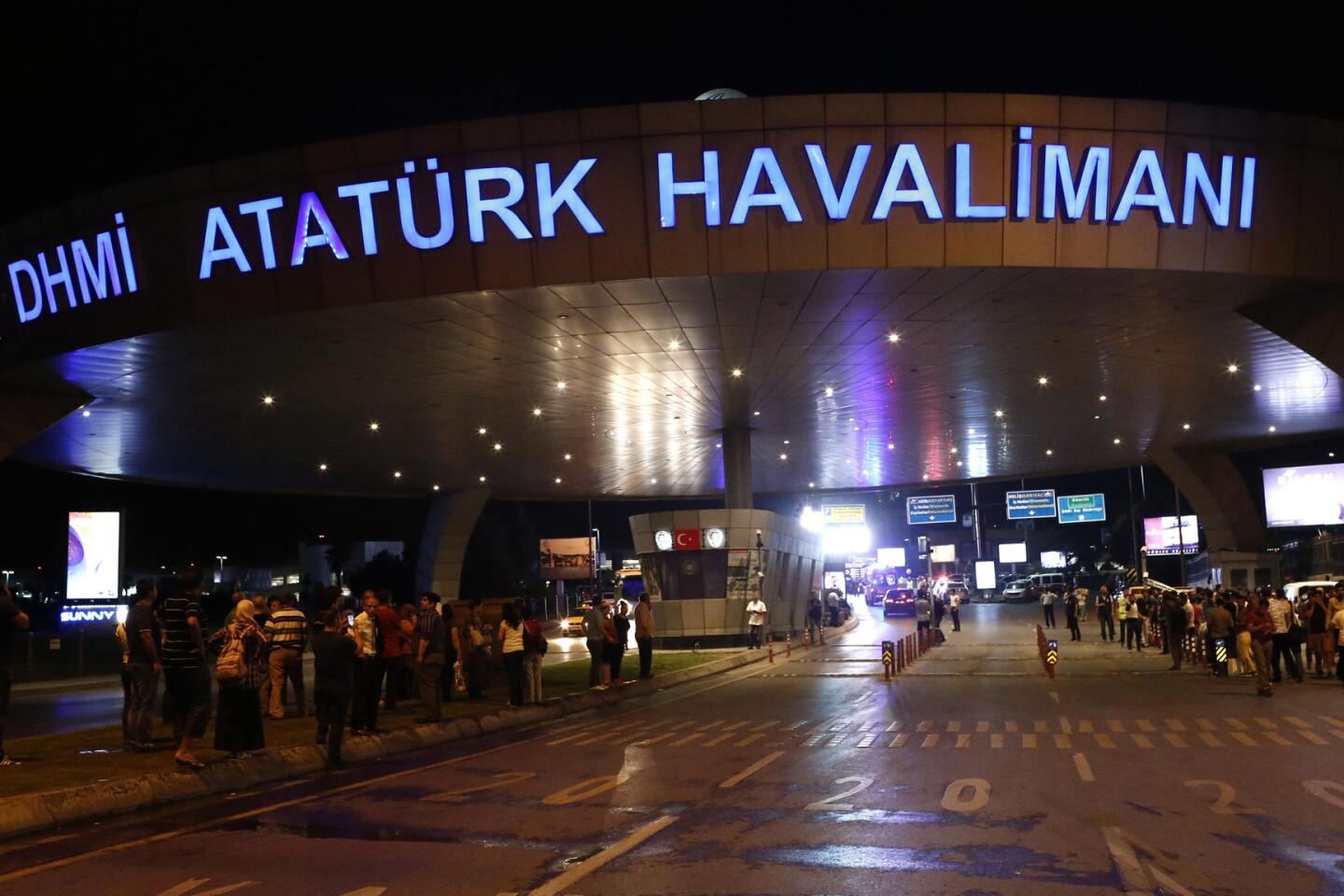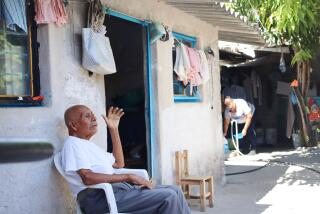How the attack on Turkey’s Ataturk Airport unfolded
Emre Karacali was finishing up his evening meal on the ground floor of Istanbul’s Ataturk Airport on Tuesday night, the first food he’d had after a 17-hour Ramadan fast. He runs a shop selling mobile-phone accessories in the airport, housed just outside the baggage claim, where tens of millions of passengers a year enter Turkey.
“There were a lot of people there, a lot of noise. ... They were breaking their fast, or praying in the mosque,” Karacali said. “I probably missed the gunfire when it started.”
Three male attackers had taken a taxi to the airport, arriving around 10 p.m. local time, armed with at least one AK-47 assault rifle, a Glock handgun, hand grenades and suicide vests. CCTV cameras captured images of two attackers: clean-shaven men, both wearing black winter jackets, one in blue jeans and the other in black pants.
Survivors’ accounts pointed to a sophisticated operation behind the attack that killed 42 people and injured more than 230. Officials said the bombings bore the hallmarks of the Islamic State.
“We can be certain this attack was the result of extensive surveillance, and it looks like [the attackers] had a plan in place,” said Istanbul security analyst Gareth Jenkins, who works with the Silk Road Institute. “They had seen where metal detectors and everything else was.”

Outside, at least one attacker had opened fire with an AK-47. A handful of people began running away from the giant glass windows that look out onto the curb. Karacali looked up to see a giant fireball rip through the entrance. One attacker had blown himself up, followed by another explosion moments later.
“Bomba! Bomba!,” yelled police, one of the few Turkish words likely to be understood by all in the confusion.
Amina, an Iranian American who declined to give a last name, was waiting with her family, including her young daughter, to board a flight back to the U.S. “They told us to run into the rooms, away from the entrance,” she said, still shaken hours after the attack. She and thousands of other passengers waiting outside the airport were trying to find hotel rooms.
Many of those caught in the attack fled for safety in the airport’s mosque, where some passengers were offering evening prayers. They huddled in room after room for hours, waiting for authorities to evacuate them. “We couldn’t just leave ourselves,” Amina said. “The exit itself was being attacked.”
Whoever did this is trying to put Turkey down. ... We are trying to get closer to the world. [The attackers] saw this, and they want to stop us.
— Emre Karacali, airport vendor
The explosions outside left dozens of bodies on the pavement in pools of blood, limbs scattered. The din Karacali had been used to, he said, was replaced by silence.
The victims of the attacks represent a cross-section of the world. Among the wounded are scores from North America and Europe, but most of the dead are from largely Muslim countries, likely traveling home for the Eid holiday that is to come in a week’s time. Thirteen dead foreigners have been identified: four dual Turkey-Saudi Arabia nationals, along with two citizens of Iraq and one national each from Iran, Ukraine, Saudi Arabia, Tunisia, Uzbekistan, Jordan and Iraq. They were traveling through an airport that serves 61 million passengers annually, in a city that has been hailed for millennia as the place where East and West meet.
But the attack killed mostly Turks who worked with foreign visitors.
“There has been a shift from perceived opponents of the Turkish state, to an effort to directly target foreigners and tourism. And now with this attack to the Turkish state itself and the Turkish people, they were trying to kill as many ordinary Turks as they could,” Jenkins said.
Among them was Yusuf Haznedaroğlu, an airport worker who was waiting for a shuttle home after a day of work, according to local media reports. He was to be married in 10 days. Ertan An, a tour guide, was killed at the entrance as he was seeing off a group of tourists, leaving behind a child and a wife who was six months pregnant. Mahmut Çizmecioğlu and his wife of two years, Zeynep, who both worked as ground staff at the airport, also were killed.
Two attackers made their way up an escalator to the second floor, where passengers were lining up for security checks before boarding international flights. A video from one passenger, crouched on the ground behind luggage, shows one of the attackers running back and forth with a handgun. For more than a minute, the man runs to and fro, until a police officer shoots him as he rounded a corner. The man collapsed on the ground, his weapon sliding away on the smooth floor. The officer approaches the man to check on him, then quickly runs away, seconds before the wounded attacker detonates a suicide vest.
On the ground floor, Karacali tried looking for friends who worked in the airport, but it was too chaotic, and he settled on hiding in the back room of a restaurant. Half an hour later, he ran outside the airport.
Dozens of members of the Turkish special forces in camouflage joined police to secure the airport, amid rumors that one attacker had escaped. Scores of flights approaching the airport were diverted, and those that had landed were kept on the tarmac until authorities could ensure no more attackers were in the area.
Authorities reopened the airport five hours after the attack. On Wednesday morning, a giant Turkish flag was draped over the airport’s entrance as travelers returned, trying to resume their travel plans.
Prime Minister Binali Yildirim arrived with other government officials in sleek cars. “There is no security gap at the airport,” he told reporters at the scene.
In December, an offshoot of the separatist Kurdistan Workers Party, or PKK, claimed responsibility for an explosion on a Pegasus Airlines passenger plane on the tarmac at Istanbul’s Sabiha Gokcen airport. That explosion killed a female maintenance worker and damaged several other empty planes nearby, but officials initially denied the explosion was a terror attack. Yildirim, who served as minister of transportation at the time, told reporters: “[A] weakness in the airport’s security is out of the question.”
Turkey has seen increasingly frequent attacks in the past year, both from Islamic State and from the left-wing PKK. The fact that multiple groups have carried out recent terror attacks on Turkish soil has fueled speculation as to who might be behind Tuesday’s bombing.
Islamic State’s first attacks in Turkey, in 2015, were against pro-Kurdish targets, including a community office in Suruc and a rally for peace in Ankara. This year’s attacks targeted foreigners, like those at the iconic Sultanahmet mosque in Istanbul, or on Istiklal Avenue near Taksim Square. But Islamic State fighters also attacked a police station in Gaziantep in May, the first such case in which the Turkish government was directly targeted.
The Ataturk airport attack came on the second anniversary of Islamic State’s declaration of its caliphate. The group’s spokesman, Abu Muhammad al-Adnani, earlier called on followers to make Ramadan “a month of calamity everywhere for the nonbelievers … especially for the fighters and supporters of the caliph in Europe and America.”
Hours after the attack, Karacali stood at the entrance to the airport, where Turkish police toting automatic weapons formed a security perimeter.
“Whoever did this is trying to put Turkey down,” Karacali said. “We are trying to get closer to the world. … [The attackers] saw this, and they want to stop us.”
ALSO
Former CIA officer could go to jail for a notorious ‘rendition’ case
European leaders tell Britain’s Cameron his nation should act quickly after ‘Brexit’ vote
Beijing is sinking at an alarming rate, research shows
UPDATES:
2:31 p.m.: This article was updated throughout with more witness accounts and new information about how the attack unfolded.
12:54 p.m.: This article was updated with the most recent death toll.
This article was originally published at 8:44 a.m.
More to Read
Start your day right
Sign up for Essential California for news, features and recommendations from the L.A. Times and beyond in your inbox six days a week.
You may occasionally receive promotional content from the Los Angeles Times.

